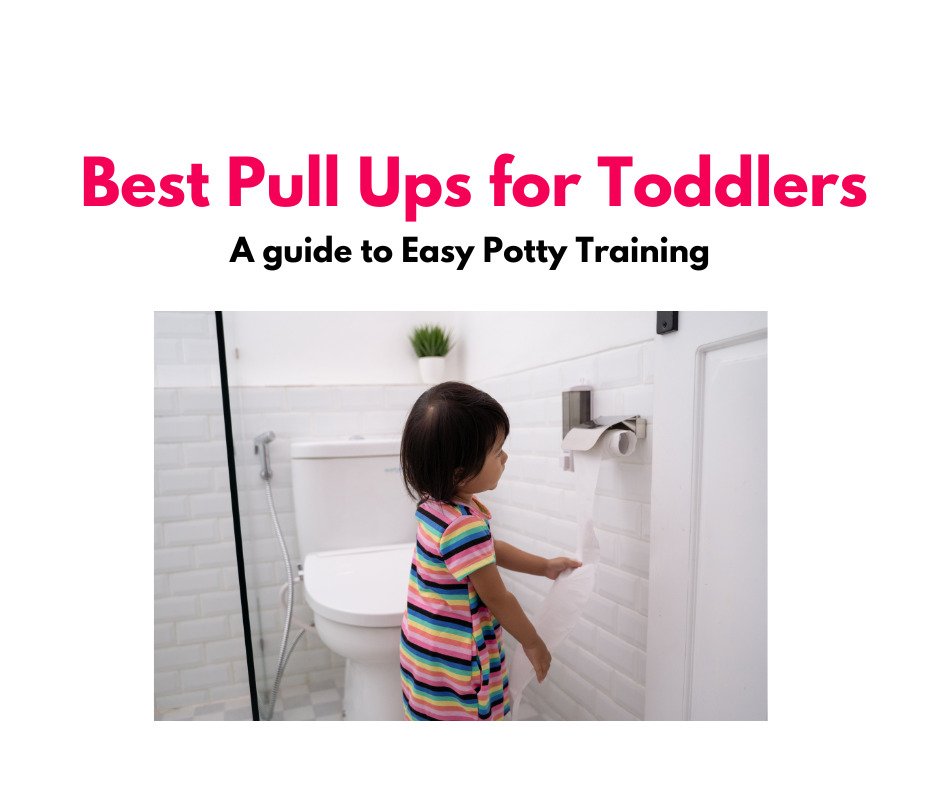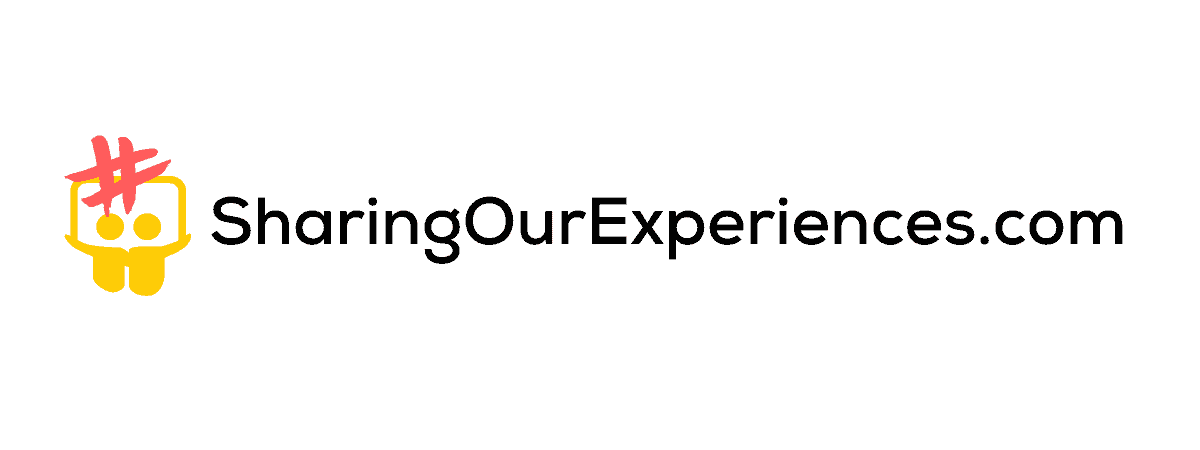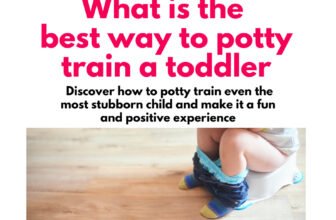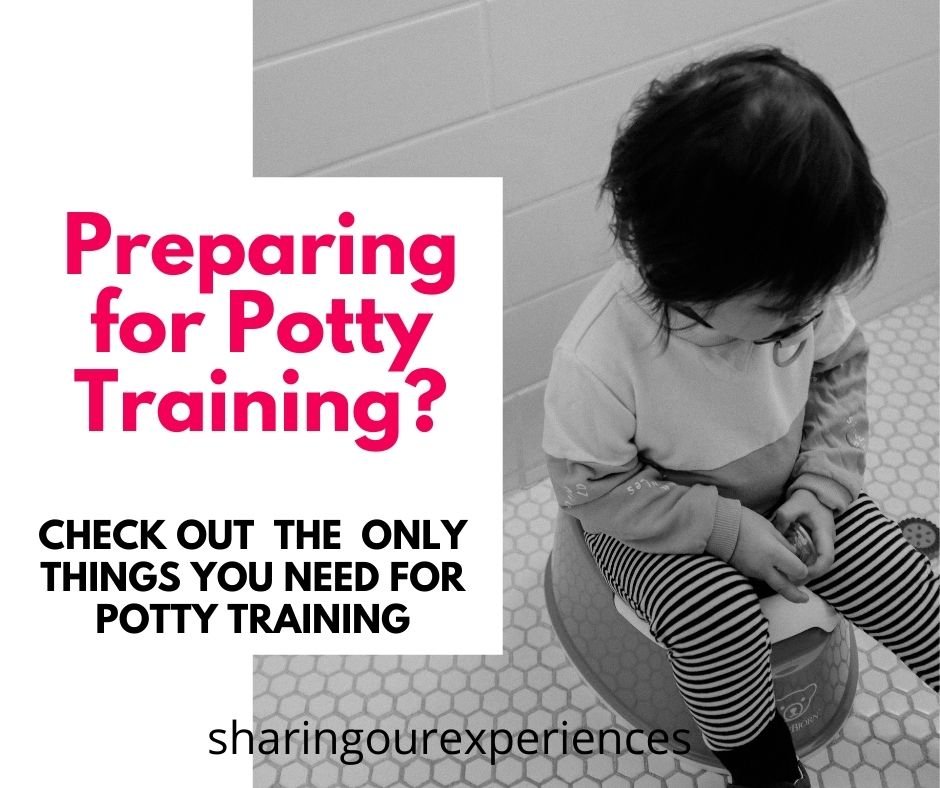
Looking for the best pull ups for toddlers to make potty training a breeze? Our comprehensive guide features the top 5 options for 2023, based on comfort, absorbency, and ease of use. Say goodbye to messy accidents and hello to stress-free potty training with these top-rated pull ups for toddlers.
As a parent, potty training your toddler can be a challenging task, but with the right tools, it can be a breeze. That’s where pull ups come in handy! These convenient diapers offer the perfect balance of comfort, absorbency, and ease of use for both you and your little one. But with so many options available, it can be hard to choose the best ones for your toddler. Fear not!
Our ultimate pull ups guide has got you covered with everything you need to know to make potty time a fun and stress-free experience for you and your happy toddler. Let’s dive in!
Top 10 Best pull ups for toddlers
When it comes to the best pull ups for toddlers, there are a few options to consider based on your child’s needs and your preferences. Here are five great options:
Pampers Easy Ups

Pampers Easy Ups are designed to resemble underwear, providing an easy transition from diapers to potty training. These pull ups come with a three-layer absorbent core that can hold up to 25% more than standard diapers, and dual leak guards to prevent accidents. The comfortable fit and fun designs also make them a popular choice among toddlers.
- Unique Features: The design of these pull ups is meant to resemble underwear, which makes them ideal for children who are potty training. The three-layer absorbent core and dual leak guards also ensure that accidents are kept to a minimum.
- Pros: Easy to pull up and down, comfortable fit, and fun designs.
- Cons: More expensive than some other options, not as eco-friendly.
- How it helps moms: Pampers Easy Ups are a convenient option for moms who want to make the transition to potty training as seamless as possible. The comfortable fit and absorbency ensure that accidents are kept to a minimum, which saves moms from having to constantly change their toddler’s clothes.
Huggies Pull-Ups

Huggies Pull-Ups come in a variety of designs that cater to toddlers’ personalities and interests. Their Learning Designs line features graphics that fade when wet, helping your child learn when it’s time for a change. The stretchy sides also make them easy to pull up and down, while the absorbent core ensures that your toddler stays dry.
- Unique Features: The variety of designs available cater to toddlers’ interests, making them more likely to wear them. The graphics that fade when wet also help children learn when it’s time for a change.
- Pros: Easy to pull up and down, comfortable fit, and fun designs.
- Cons: May not hold as much liquid as other brands, which can result in leaks.
- How it helps moms: Huggies Pull-Ups are a convenient option for moms who want to make potty training more fun and engaging for their children. The graphics that fade when wet also make it easier for moms to teach their toddlers when it’s time for a change.
Luvs Training Pants

Luvs Training Pants feature an ultra-absorbent Leakguard Core that can hold up to 25% more than other brands. The stretchy sides make them easy to pull up and down, and the comfortable fit ensures that your toddler stays dry and comfortable. They also come in a variety of sizes, making them a great option for children of all ages.
- Unique Features: The ultra-absorbent Leakguard Core is what sets Luvs Training Pants apart from other brands. The variety of sizes available also make them a great option for children of all ages.
- Pros: Easy to pull up and down, comfortable fit, and absorbent.
- Cons: Not as eco-friendly as other options, may not be as effective in preventing leaks.
- How it helps moms: Luvs Training Pants are a convenient option for moms who want to make potty training easier on themselves and their toddlers. The absorbent core ensures that accidents are kept to a minimum, which saves moms from having to constantly change their toddler’s clothes.
Seventh Generation Free & Clear Training Pants

Seventh Generation Free & Clear Training Pants are made with sustainably sourced materials and are free from fragrances, lotions, and chlorine processing. They also come with an absorbent core that ensures that your toddler stays dry and comfortable.
- Unique Features: The use of sustainably sourced materials and lack of fragrances and lotions make these pull ups more eco-friendly than other options. They are also free from chlorine processing.
- Pros: Environmentally friendly, gentle on your toddler’s skin, and absorbent.
- Cons: May not hold as much liquid as other brands, which can result in leaks. They also have a more limited range of sizes available.
- How it helps moms: Seventh Generation Free & Clear Training Pants are a great option for moms who want to prioritize eco-friendliness and gentleness on their toddler’s skin. The absorbent core ensures that accidents are kept to a minimum, while the lack of fragrances and lotions reduce the risk of irritation or allergic reactions.
The Honest Company Training Pants

The Honest Company Training Pants are made with sustainable and plant-based materials, making them an eco-friendly option. They also feature a super absorbent core and a soft, stretchy waistband for a comfortable fit.
- Unique Features: The use of sustainable and plant-based materials make these pull ups a great choice for eco-conscious parents. The soft, stretchy waistband ensures a comfortable fit for your toddler.
- Pros: Environmentally friendly, absorbent, and comfortable fit.
- Cons: More expensive than other brands, may not be as effective in preventing leaks.
- How it helps moms: The Honest Company Training Pants are a great option for moms who want to prioritize eco-friendliness while still providing a comfortable and absorbent pull up for their toddler. The soft, stretchy waistband also ensures a comfortable fit, which is important for keeping your toddler happy during the potty training process.
Huggies Pull-Ups Learning Designs

Huggies Pull-Ups Learning Designs are designed to help teach your child when it’s time to go potty. They feature fun and engaging designs that fade when wet, signaling to your child that it’s time for a change. They also have a leak guard system to prevent accidents.
- Unique Features: The learning designs that fade when wet can help encourage your toddler to recognize when it’s time for a change. The leak guard system helps prevent accidents.
- Pros: Fun and engaging design, leak guard system.
- Cons: May not be as eco-friendly as other options, limited size range.
- How it helps moms: Huggies Pull-Ups Learning Designs can make the potty training process more engaging and fun for your toddler, while also helping to prevent accidents.
Goodnites Bedwetting Underwear

Goodnites Bedwetting Underwear are designed for older toddlers and children who are still struggling with bedwetting. They feature a discreet design that looks and feels like real underwear, while also providing extra absorbency for overnight protection.
- Unique Features: Goodnites Bedwetting Underwear are designed specifically for older toddlers and children who struggle with bedwetting. They offer extra absorbency for overnight protection.
- Pros: Effective at preventing leaks and accidents overnight, discreet design.
- Cons: Limited size range, may be more expensive than other options.
- How it helps moms: Goodnites Bedwetting Underwear can help older toddlers and children feel more confident and comfortable during the night, while also reducing the frequency of bedwetting accidents.
Gerber Training Pants

Gerber Training Pants are made with 100% cotton and feature a gentle elastic waistband for a comfortable fit. They also have an absorbent interlining for extra protection against accidents.
- Unique Features: Made with 100% cotton for a gentle and comfortable fit. The absorbent interlining provides extra protection against accidents.
- Pros: Gentle and comfortable fit, effective at preventing leaks.
- Cons: May not be as effective at preventing leaks as other options, limited size range.
- How it helps moms: Gerber Training Pants offer a gentle and comfortable option for toddlers who may have sensitive skin, while also providing protection against accidents during the potty training process.
How to choose the best pull up for toddlers
Choosing the best toddler pull-up for your child can be overwhelming, with so many options available on the market. Here are some factors to consider when choosing the best toddler pull-up:
- Size: Make sure to choose a pull-up that fits your child comfortably, without being too tight or too loose. Most brands offer pull-ups in a range of sizes, so it’s important to check the size chart before making a purchase.
- Absorbency: Look for pull-ups that offer adequate absorbency for your child’s needs. Some pull-ups may have extra absorbent padding or layers, which can be useful for heavy wetters or overnight use.
- Comfort: Choose pull-ups that are made from soft, breathable materials that won’t irritate your child’s skin. Some pull-ups may also have stretchy waistbands or side panels for added comfort and flexibility.
- Design: Consider choosing pull-ups with fun and engaging designs that your child will be excited to wear. Some brands offer pull-ups with popular cartoon characters or other fun designs that can make potty training more enjoyable.
- Brand reputation: Look for pull-ups from reputable brands with a track record of producing high-quality products. Check customer reviews and ratings to get an idea of how other parents feel about the brand and their products.
- Easy to put on and take off: Look for pull-ups that are easy to put on and take off, especially for toddlers who may want to use the potty independently. Some pull-ups may have tear-away sides or easy-open tabs for quick changes.
- Environmentally-friendly options: If you’re concerned about the environmental impact of disposable pull-ups, consider using eco-friendly options like cloth training pants or biodegradable pull-ups made from sustainable materials.
- Price: Pull-ups can vary in price, so it’s important to consider your budget when making a purchase. While some premium brands may offer added features or benefits, there are also affordable options available that still offer quality and effectiveness.
- Compatibility with potty training methods: If you’re using a specific potty training method, such as the 3-day method or child-led training, consider choosing pull-ups that are compatible with that method. Some methods may require specific types of pull-ups or training pants, so it’s important to do your research before making a purchase.
- Personal preference: Ultimately, the best pull-up for your toddler will depend on your personal preferences and your child’s individual needs. Consider factors like brand loyalty, color or design preferences, and any other factors that may be important to you and your child.
Ultimately, the best toddler pull-up will depend on your child’s individual needs and preferences. It may take some trial and error to find the right pull-up for your child, but by considering these factors, you can make an informed decision and make the potty training process as smooth and successful as possible.
Are pull-ups necessary for potty training?
No, pull-ups are not necessary for potty training, but they can be a helpful tool for parents and children during the process. Pull-ups can provide a sense of security for children who may be nervous about accidents, and they can also make it easier for parents to manage accidents while out and about.
How many pull-ups should I buy?
The number of pull-ups you’ll need will depend on how often your child needs to use them and how frequently you plan on doing laundry. As a general rule, it’s a good idea to have at least a week’s supply of pull-ups on hand to ensure you don’t run out.
Can pull-ups be reused?
No, pull-ups are designed to be single-use only and should not be reused. Once a pull-up has been soiled, it should be discarded and replaced with a clean one.
How do I dispose of pull-ups?
Most pull-ups are designed to be thrown away in the regular trash, but it’s important to check the packaging for specific disposal instructions. Some eco-friendly pull-ups may require special disposal methods.
Can pull-ups be used overnight?
Yes, many pull-ups are designed to be used overnight, but it’s important to choose a pull-up with adequate absorbency for your child’s needs. Some brands offer specific overnight pull-ups with extra absorbent padding or layers to ensure your child stays dry throughout the night.
Which pull-ups are best for toddlers?
There is no one-size-fits-all answer to this question since every toddler has unique needs and preferences. However, some of the most popular and well-reviewed pull-up brands for toddlers include Pampers Easy Ups, Huggies Pull-Ups, Luvs Training Pants, and Seventh Generation Free & Clear Training Pants.
When choosing the best pull-ups for your toddler, consider factors such as fit, absorbency, ease of use, and any additional features that may be important to you, such as eco-friendliness or compatibility with certain potty training methods. It may also be helpful to read reviews from other parents and try a few different brands to see which ones work best for your child.
Should a 2 year old wear pull-ups?
Whether or not a 2-year-old should wear pull-ups depends on the individual child’s developmental stage and potty training readiness. Most children begin showing signs of readiness for potty training between the ages of 18 and 24 months, but it’s important to remember that every child develops at their own pace.
If your 2-year-old is showing signs of readiness for potty training, such as being able to follow simple instructions and showing an interest in the bathroom or using the potty, then it may be a good time to start introducing the idea of using the toilet or potty chair. In this case, you may want to transition from diapers to cloth or disposable training pants, which are designed to be more like underwear and can help children feel more like big kids.
However, if your 2-year-old is not yet showing signs of potty training readiness, it may be too early to begin the process. In this case, pull-ups can be a helpful tool to provide a sense of security and ease the transition when your child is ready to begin potty training. Pull-ups can also be useful during naps or at night when accidents are more likely to occur.
Ultimately, it’s up to the parent or caregiver to decide if pull-ups are appropriate for their 2-year-old based on their individual needs and developmental stage.
Are pull-ups good for toddlers?
Pull-ups can be a good option for toddlers who are in the process of potty training or transitioning from diapers to underwear. They are designed to be more like underwear, with elastic waistbands and easy-open sides, which can help children feel more like big kids and make it easier for them to pull them up and down on their own.
Pull-ups can also be a helpful tool for parents during the potty training process. They provide a sense of security for children who may be nervous about accidents and can help make cleanup easier for parents when accidents do occur. Additionally, pull-ups can be a good option for overnight use or for long car trips when access to a bathroom may be limited.
However, it’s important to remember that pull-ups are not a substitute for consistent and effective potty training. They are simply a tool to help ease the transition and provide added protection during the process. It’s also important to choose pull-ups that are the right size and absorbency for your child’s needs to ensure maximum comfort and effectiveness.
When should toddler start wearing pull-ups?
Toddlers can start wearing pull-ups when they begin the potty training process or when parents are ready to transition them from diapers to training pants. Typically, potty training readiness occurs between 18 and 24 months of age, but every child develops at their own pace, so it’s important to pay attention to your child’s individual cues and readiness.
Some signs that your toddler may be ready for potty training include showing interest in the bathroom or using the potty, being able to follow simple instructions, and being able to communicate their needs effectively. When your child is showing these signs, it may be a good time to introduce the idea of using the toilet or potty chair and begin the transition to pull-ups or other training pants.
However, it’s important to remember that potty training is a process that takes time and patience, and not all children will be ready for it at the same age. It’s important to avoid pushing your child before they are ready, as this can cause stress and resistance. Instead, focus on positive reinforcement and encouragement, and be patient as your child learns this new skill.
How do I know when my child is ready for potty training?
It’s important to look for signs of readiness such as showing interest in the potty, telling you when they need to go, staying dry for longer periods of time, and being able to follow simple instructions. Every child is different, but most children are ready between 18-24 months.
How do I encourage my child to use the potty?
Encourage your child to use the potty by making it a positive and fun experience. Offer praise and rewards for successful attempts, and avoid punishment or negative reinforcement for accidents. You can also try using fun and engaging pull-up designs that help motivate your child to use the potty.
Also Read – Best Potty seats and chairs for toddlers in India
My child keeps having accidents, what can I do?
Accidents are a normal part of the potty training process, so it’s important to stay patient and positive. Try to identify any patterns or triggers for accidents, such as drinking too much before bedtime. Make sure your child has easy access to the potty, and consider using more absorbent pull-ups or training pants for added protection.
My child is afraid of the potty, how can I help?
It’s common for children to feel afraid or hesitant about the potty. Try to make it a fun and positive experience by using rewards and praise for successful attempts. You can also let your child choose their own pull-ups or training pants with fun designs, and read books or watch videos about using the potty to help normalize the process.
How do I handle regression in potty training?
Regression is also common in potty training, especially during times of stress or change. Stay patient and positive, and try to identify any triggers or underlying causes for regression. Offer encouragement and rewards for successful attempts, and consider using more absorbent pull-ups or training pants for added protection during this time.
My child refuses to wear pull-ups or training pants, what can I do?
It’s important to respect your child’s wishes and not force them to wear something they are uncomfortable with. Try to identify the reasons why they may be refusing to wear pull-ups or training pants, and address those concerns. You can also try introducing fun and engaging designs that your child may be more willing to wear.
My child is resistant to using the potty in public, what should I do?
Using the potty in public can be overwhelming for some children, so it’s important to stay patient and understanding. Try to make using public restrooms a positive and fun experience by bringing along a special toy or reward, and offering plenty of praise for successful attempts. You can also consider using a portable potty seat or training pants with added protection for added peace of mind.
How do I handle nighttime potty training?
Nighttime potty training can take longer than daytime training, and it’s important to be patient and understanding. Make sure your child uses the potty before bedtime, and consider limiting fluids before bedtime. You can also use more absorbent pull-ups or training pants for added protection, and offer plenty of praise and rewards for successful nighttime attempts.
How long does potty training typically take?
Every child is different, so the length of time it takes to potty train can vary. On average, most children are fully potty trained between 2-3 years of age. However, some children may take longer, and it’s important to stay patient and positive throughout the process.
What if my child still isn’t potty trained by a certain age?
It’s important to remember that every child is different, and some may take longer to potty train than others. If your child is not potty trained by a certain age, it’s important to speak with their pediatrician to rule out any underlying medical issues. They may also be able to offer additional advice or resources for potty training.
My child is struggling to stay dry during naps, what should I do?
It’s common for children to struggle with staying dry during naps, as they may not yet have full bladder control. Offer plenty of praise and rewards for successful attempts, and consider using more absorbent pull-ups or training pants during nap time. You can also try limiting fluids before nap time, and encouraging your child to use the potty before nap time.
Should I use rewards to encourage my child to use the potty?
Rewards can be a useful tool for motivating children during the potty training process, but it’s important to use them in moderation. Offer praise and small rewards for successful attempts, but avoid using rewards as a bribe or using too many rewards, as this can lead to a dependency on rewards.
How do I handle accidents while traveling?
Accidents can happen while traveling, so it’s important to be prepared. Bring along extra clothing, wipes, and a portable potty seat or training pants with added protection. Consider scheduling regular potty breaks during long car rides, and be patient and understanding if accidents do occur.
What should I do if my child is constipated during potty training?
Constipation can be a common side effect of potty training, as children may hold in their stool to avoid using the potty. Offer plenty of fluids and fiber-rich foods to promote regular bowel movements, and speak with your child’s pediatrician if constipation persists.
Should I use a specific method for potty training?
There are many different potty training methods available, and it’s important to choose a method that works best for you and your child. Some popular methods include the 3-day method, the gradual method, and the child-led method. It’s important to stay patient and consistent with whichever method you choose, and to adapt the method as needed based on your child’s needs and progress.
Also Read – How to Potty Train your Toddler- toilet training essentials you need to buy
Pull-ups provide a sense of security for children and can make cleanup easier for parents when accidents occur. With a wide variety of pull-up options available on the market, it’s important to choose the right size, absorbency, and style that best fits your child’s individual needs.
However, it’s important to remember that pull-ups are not a substitute for consistent and effective potty training. They are simply a tool to help ease the transition and provide added protection during the process. Every child develops at their own pace, so it’s important to pay attention to your child’s individual cues and readiness before introducing pull-ups or beginning the potty training process.
Overall, with patience, encouragement, and the right tools, parents and toddlers can successfully navigate the potty training process and achieve a major milestone in their child’s development.






